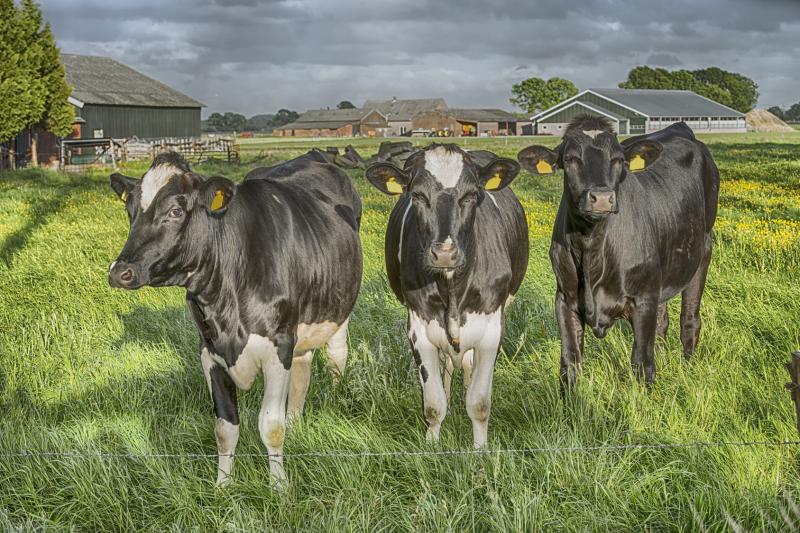
Neither the volume nor the fat content consumed from cow’s milk in early life helps protect against the risk of developing fractures in later childhood, a study has found.
Researchers recruited 2,466 children (mean age, 1.6 years; 46 percent female) to evaluate whether the volume or fat content of cow’s milk consumed between age 1–3 years was associated with the risk of fracture at ages 3–10 years.
The children consumed a mean of 1.9 250–mL cups of cow’s milk daily and a mean milk fat content of 2.4 percent during the exposure window. After a mean follow-up of 3.8 years (mean age of the participants, 5.4 years), 153 (6.2 percent) children developed at least one bone fracture and 20 (13.1 percent) of them had ≥2 fractures.
Primary and secondary adjusted analysis consistently showed that fracture risk was associated with neither milk volume (per daily 250mL cup of cow’s milk: adjusted relative risk [aRR], 1.04, 95 percent confidence interval [CI], 0.87–1.26) nor milk fat content (per 1 percent milk fat: aRR, 1.05, 95 percent CI, 0.84–1.31).
The present data indicate that drinking cow’s milk in early childhood confers no benefits for the risk of fractures in later childhood, supporting previous reports arguing that efforts aimed at increasing cow’s milk consumption in childhood may do little to prevent childhood fracture, according to the researchers.